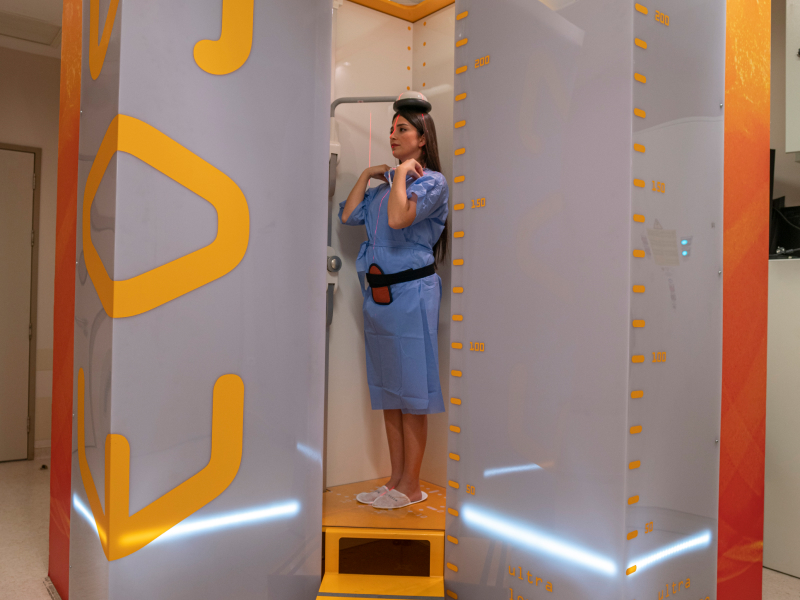
Posture and Postural Disorders

Posture and Postural Disorders
What is Posture?
Posture is the position in which your body, your arms and legs are positioned when standing, sitting and lying down. A good posture will cause less amount of strain on the spinal column in standing, sitting and lying positions.
Good posture:
Three main requirements of achieving a good posture:muscular strength, physical condition and awareness. Physical exercises help for the first two. Awareness can be practiced with mirror exercises.
What is the ideal standing position?
Head straight and looking directly forwards
Shoulders back
Chest forward
Stomach in
Knees straight
If you must maintain hold a standing posture for a long time, place one leg on a step that is slightly higher. Occasional movement or sitting down and relaxing also reduces the strain on your spine.

What is the ideal sitting position?
• Back straight
• Lean on the high backrest on your chair. Stretch your arms forwards. Move the chair close to the table instead of leaning forwards
• Feet touching the floor
• Legs not crossed
• Shoulders relaxed. Do not move them upwards or forwards.
The monitor should be at eye level. Set the height of your chair accordingly.
Lower back should be filled and supported. Choose a suitable chair accordingly or pad the lumbar area with a cushion.
If you have to keep the sitting postion for a long time, stand up every 30 minutes and move your muscles.
What is the ideal lying position?
Maintain the physiological contours of your body.
• Put a cushion under your head that is not too high.
• Put a low cushion under your knees.
• When lying on your side, slightly bend both legs and put a cushion between your legs.